Products
When it comes to the world of electrical systems and power distribution, the undisputed hero that connects everything is the cable. From homes to offices to factories and infrastructure projects, cables are the unsung heroes that bring power to our everyday lives. In this article, we'll explore the various applications for cables and delve into the importance of their packaging.
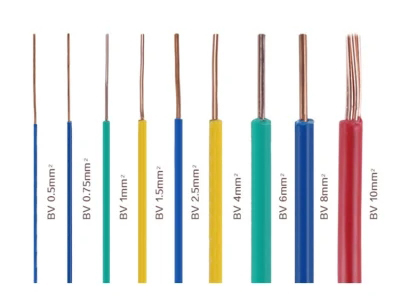
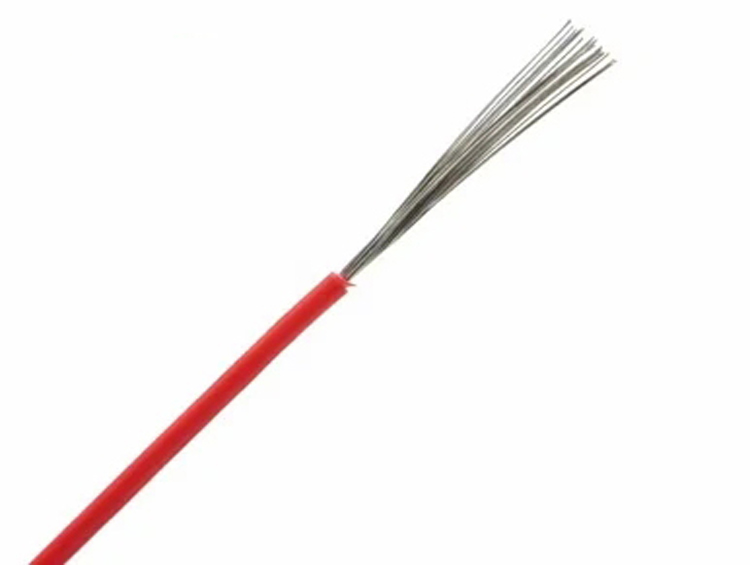
Application
Cables are widely used in residential, commercial and industrial applications. In a residential environment, cables are used to power appliances, lighting, heating systems, and more. These cables are often hidden within walls and floors, ensuring a safe and aesthetically pleasing installation. In commercial buildings, cables are needed for everything from powering office equipment and computers to facilitating communication systems. In industrial settings, cables play a vital role in powering heavy machinery, transportation systems and assembly lines. In essence, cables are critical to the functionality of every aspect of modern life.
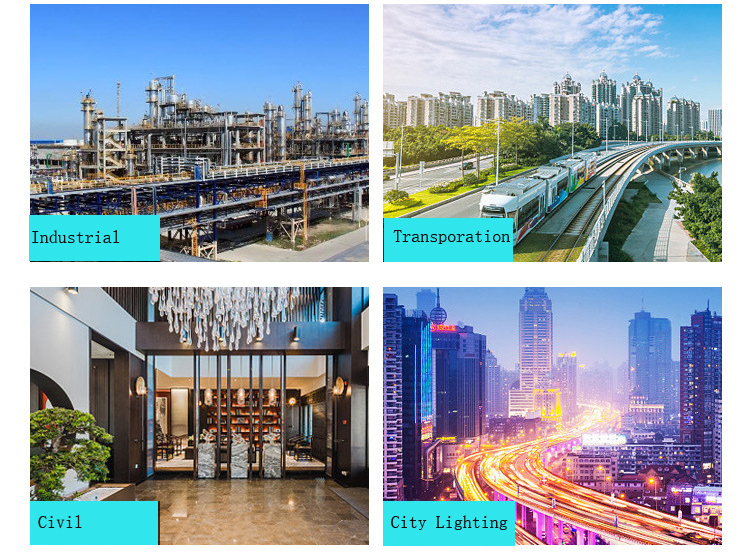
The diversity of applications requires a variety of cable types, each tailored to specific requirements. There are cables designed for general use, low voltage applications, underground or overhead installations, and there are even specialty cables that are resistant to extreme temperatures or chemicals. This variety allows the cables to adapt to various environmental conditions and ensure reliable, safe operation.
In addition to the specific type of application, the packaging of the cables also varies. Packaging plays a vital role in protecting cables from external factors such as moisture, sunlight, mechanical stress and abrasion. These factors can age cables, disrupt current flow and compromise safety. Furthermore, packaging ensures easy handling during transport, installation and maintenance.
Package
Packaging of cables often involves the use of materials such as plastic, rubber or metal. Plastic and rubber housings provide insulation, flexibility and resistance to various conditions. These materials protect the integrity of the electrical connection by protecting the inner core of the cable from external hazards. Metallic packaging such as armored cables provides increased protection against physical damage, making them suitable for environments with high mechanical stress.
Another important aspect of cable packaging is the labeling and marking system. Proper labeling ensures easy identification of the cable, its intended application and the specific electrical requirements it meets. This information is crucial during installation, repair and maintenance as it enables efficient troubleshooting and prevents accidents.
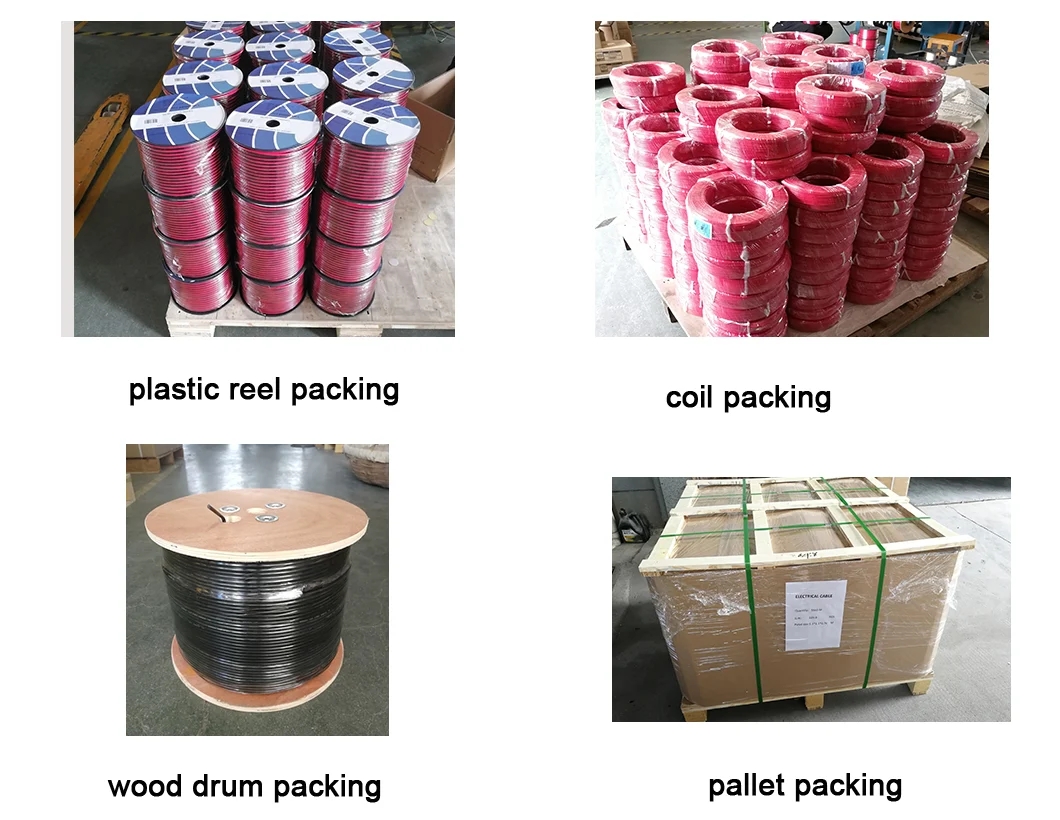 Cables are the backbone of electrical systems, and their application and packaging are critical. From residential to industrial settings, cables facilitate the flow of electricity that powers our modern lives. Their versatility and wide range of packaging options ensure adaptability to various environments and enhance safety. By understanding the importance of cables and their packaging, we can appreciate the integral role they play in ensuring reliable and efficient power distribution.
Cables are the backbone of electrical systems, and their application and packaging are critical. From residential to industrial settings, cables facilitate the flow of electricity that powers our modern lives. Their versatility and wide range of packaging options ensure adaptability to various environments and enhance safety. By understanding the importance of cables and their packaging, we can appreciate the integral role they play in ensuring reliable and efficient power distribution.
- Prev:Flexible Electrical Wire RoHS PVC Copper Cable
- Next:No more!
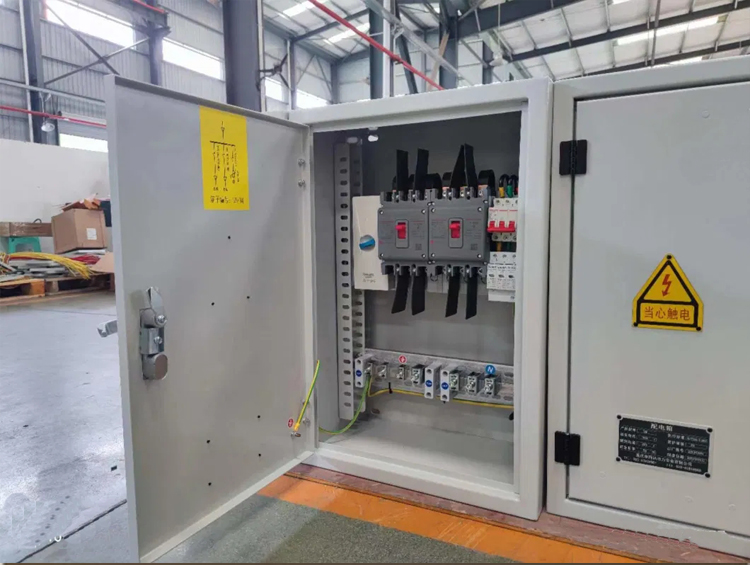 Low Voltage Metal Cabinet Power Supply Switch Box Rainproof Electrical Distribution Box
Low Voltage Metal Cabinet Power Supply Switch Box Rainproof Electrical Distribution Box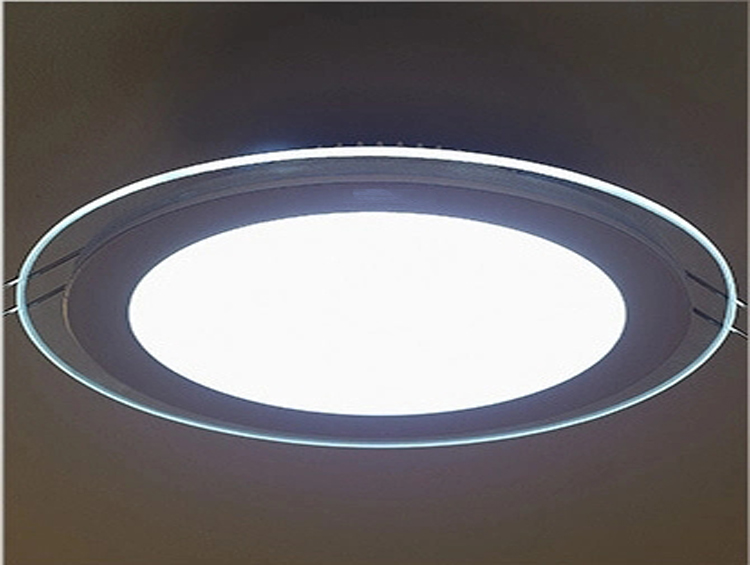 6W 12W 18W SMD 5730 LED Glass Panel Light
6W 12W 18W SMD 5730 LED Glass Panel Light High Lumens 2 Years Warranty All Wattage IP65 Waterproof 30W 50W 60W 80W 100W 150W 200W LED Street Lighting
High Lumens 2 Years Warranty All Wattage IP65 Waterproof 30W 50W 60W 80W 100W 150W 200W LED Street Lighting


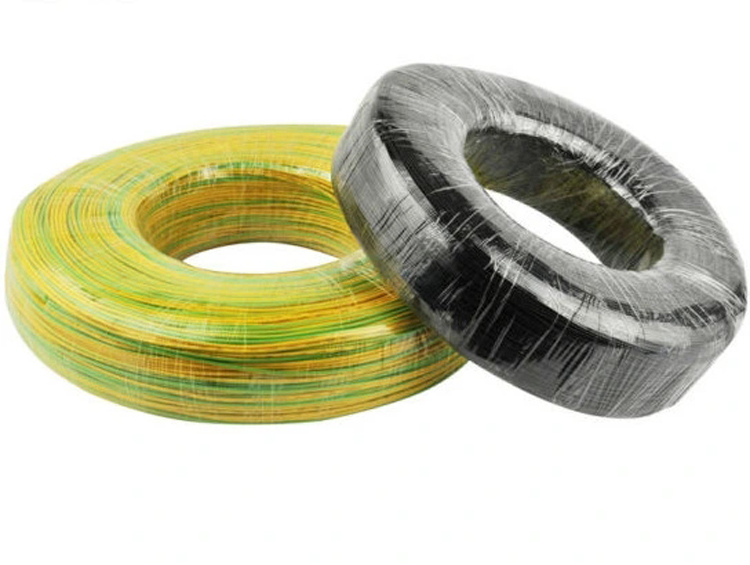
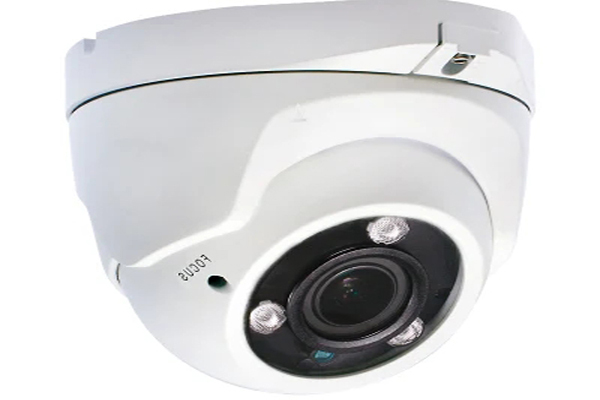 CCTV Home Security Surveillance
CCTV Home Security Surveillance 2MP Super Starlight Motorized IR Bullet CCTV Security Surveillance IP Camera
2MP Super Starlight Motorized IR Bullet CCTV Security Surveillance IP Camera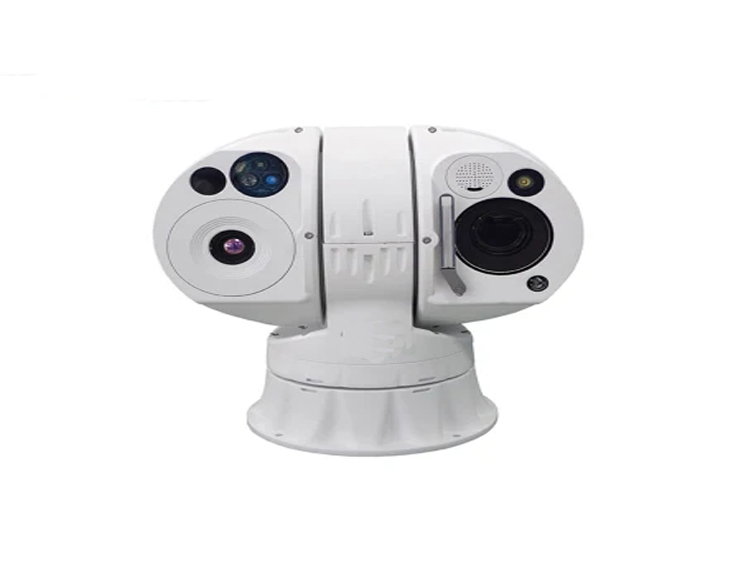 Long Distance Security Surveillance Multi Sensor Thermal Camera
Long Distance Security Surveillance Multi Sensor Thermal Camera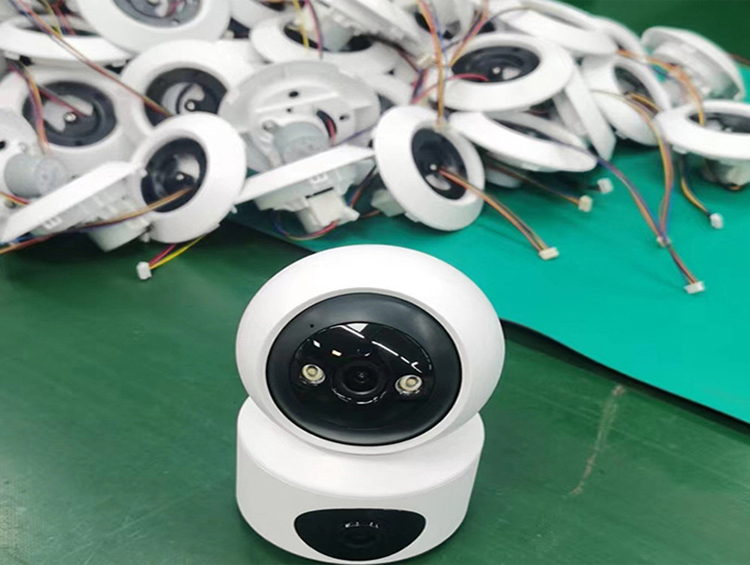 2MP Smart AI Intelligent Network Video IR IP Camera
2MP Smart AI Intelligent Network Video IR IP Camera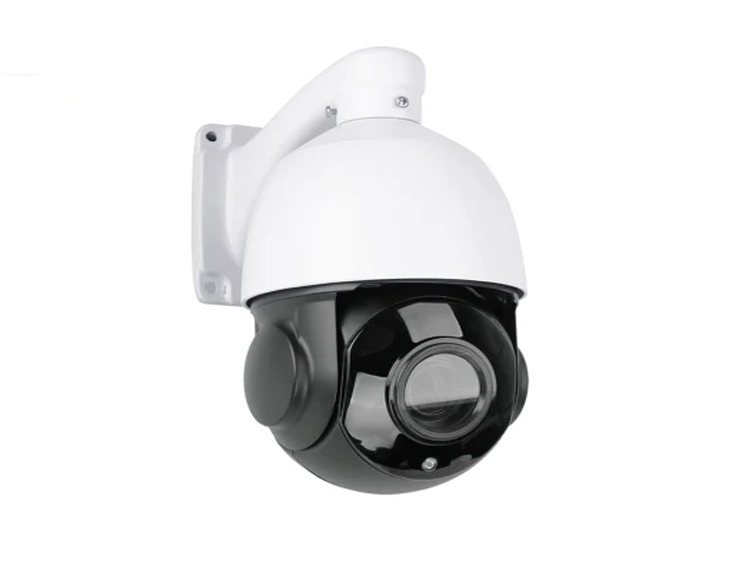 HD 1080P Waterproof 5MP 360 Analogue PTZ Camera professional 20X
HD 1080P Waterproof 5MP 360 Analogue PTZ Camera professional 20X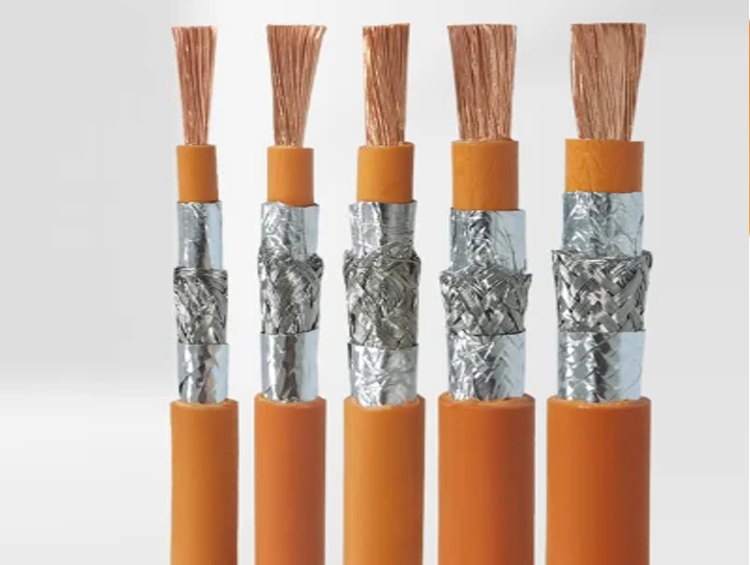 Aluminum Foil Shielded EV High Voltage Power Cable
Aluminum Foil Shielded EV High Voltage Power Cable
